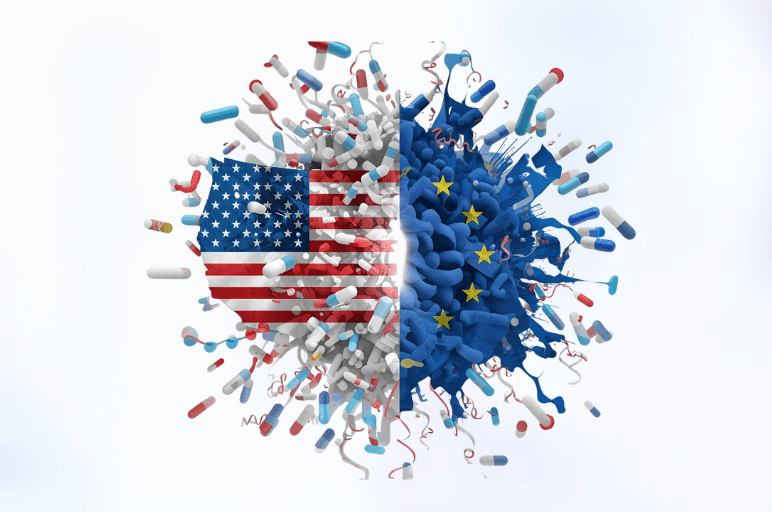Used for over 100 years, pharmaceutical lactose is a milk sugar produced from cheese whey or milk permeate streams through a process of crystallisation, purification, milling and sieving. Today, it is well-established and commonplace in the pharmaceutical industry due to the numerous advantages of using lactose as an excipient.[1]
Medicines are made up of two components: an active ingredient with a specific curative or preventive action in the body and excipients which facilitate the use of the medicine and its production but have no curative or preventive effect.[2] 3 to 4 excipients can be used together for medicines formulation depending on the drug administration. They play a key role in medicines, acting as flow agent, filler, disintegrant and binder/diluent, retaining or releasing the active ingredient. All these roles can be fulfilled by pharmaceutical lactose thank to its properties.1
Lactose: an effective excipient
Lactose as an excipient: a safe and accessible product
Safety and accessibility are two essential criteria for an excipient. Lactose is a safe molecule because the manufacturing process, with its purification and high-temperature treatment stages, guarantees the purity and the absence of contamination of lactose. What’s more, no adverse effects have been demonstrated, even in cases of intolerance, as the quantities absorbed are below those that could have an effect.[3],4
Lactose as an excipient is also widely available and affordable, making it possible for drug manufacturers to increase the number of suppliers to limit shortages and remain profitable while maintaining drugs at affordable prices.1
Physicochemical properties that give drugs highly sought-after characteristics1,[4]
Apart from its safety and accessibility, it’s also its physicochemical properties that make lactose an excipient of choice. Lactose has little taste or odour, is a white powder, stable and inert. These characteristics are particularly desirable in an excipient as they limit negative interactions with the active ingredient or impurities, particularly in water, unlike other excipients such as microcrystalline cellulose. In addition to its stability, lactose is also soluble in water, an essential quality for a tablet that has to be swallowed, as well as being non-hygroscopic and having a low particle size.
These properties are sought after because they play a role in the manufacture and functioning of the medicines and therefore improve the properties of the drugs themselves. Indeed, lactose can, for example, effectively modulate the disintegration time, mechanical strength and compaction, as well as flow and compression capacities of drugs.
A versatile molecule that enables a multiplicity of uses1
In addition to its effective properties, it is also the versatile nature of lactose that makes it a high-quality excipient. This versatility is made possible by a variety of manufacturing processes that produce a wide range of lactose forms. These forms include milled and sieved, anhydrous, granulated and spray-dried lactose. Each of them has specific characteristics, such as variable granulometry, crystalline form and density. This wide range of properties makes it possible to obtain forms that are best suited both to the desired uses (filler, binder/diluent, flow agent, disintegrant, etc.) and to drug manufacturing methods.
For example, certain forms are well suited to certain tableting methods:
- Depending on the particle size distribution milled and sieved lactose will be processed differently. Milled lactose is fully adapted to wet or dry granulation. The thinner the particle size is, the more compactable it is. Flow is also an important characteristic and is often contrasted with compaction. Sieved lactose is mostly used for dry blending and powder preparation.
- Spray-dried lactose, granulated lactose and anhydrous lactose are adapted to Direct Compression (DC). Regarding spray-dried lactose, its porosity, spherical morphology and smooth surface provide the flow properties required for this method. In the case of granulated lactose, its compaction capacity, good fluidity and rapid disintegration make it a highly suitable excipient for this method. For productivity reasons, DC processes are becoming increasingly popular.
Lactose as an excipient: an essential in the pharmaceutical field
All these properties give lactose a special place in the pharmaceutical excipients industry. Lactose as an excipient is the most widely used, present in 60-70% of oral medicines. On average, 100 at 200 mg of lactose is incorporated into tablets[5].
The success of pharmaceutical lactose is set to continue as the market is growing. In 2023, the market was worth $1.67 billion and is estimated to reach $2.63 billion by 2031.[6] This growth is being driven both by growing demand for excipients in emerging countries, due to increasing levels of pharmaceutical manufacturing, and by technological advances in manufacturing methods.3
To sum up, if lactose has become a key excipient in the pharmaceutical industry for more than 100 years, it is above all because of its different properties and great versatility. Hence the importance of rigorous control of the process stages and of quality to obtain a pure, safe, stable and inert lactose.
Lactalis Ingredients Pharma has developed Lactalpha, a range of milled and sieved lactose from 50 to 150 mesh, to provide manufacturers with a high-quality excipient that is safe, stable and consistent.
[1] M. Paques et C. Lindner, Lactose: Evolutionary Role, Health Effects and Applications, 2019
[2] Ministère du Travail, de la Santé et des Solidarités, Qu’est-ce qu’un médicament, 2022, https://sante.gouv.fr/soins-et-maladies/medicaments/le-bon-usage-des-medicaments/article/qu-est-ce-qu-un-medicament
[3] IPEC, Pharmaceutical Lactose used in oral preparations is a low-risk excipient, 2021
[4] C. Shi et al, Lactose in tablets: Functionality, critical material attributes, applications, modifications and co-processed excipients, 2023
[5] S. Dominici et al, Lactose: Characteristics, Food and Drug-Related Applications, and Its Possible Substitutions in Meeting the Needs of People with Lactose Intolerance, 2022
[6] Data Bridge, Marché mondial du lactose de qualité pharmaceutique – Tendances et prévisions de l’industrie jusqu’en 2031, 2024, https://www.databridgemarketresearch.com/fr/reports/global-pharmaceutical-grade-lactose-market







